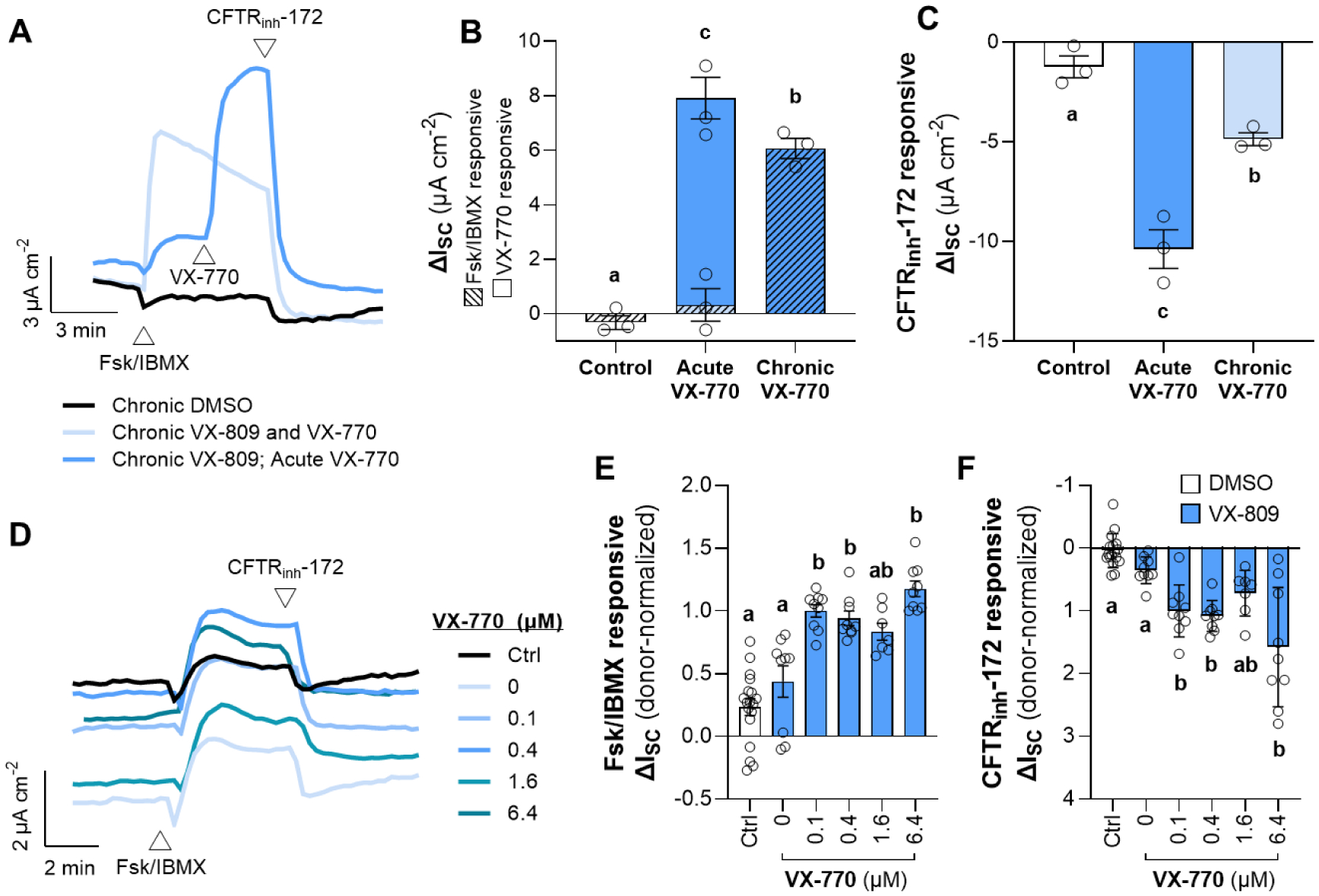Figure 1: Comparison of the effects of chronic and acute VX-770 treatment in the presence of VX-809 on F508del-CFTR function.

(A–C) F508del/F508del HNE cells were chronically (24 h) treated with either DMSO (control), VX-809 alone, or VX-809 and 6.4 μM VX-770. All cells were acutely exposed to Fsk/IBMX, and the cells treated with VX-809 alone were then acutely exposed to VX-770 (A). Representative traces of activation, potentiation, and inhibition of CFTR by Fsk/IBMX, VX-770, and CFTRinh-172, respectively. (B–C) Changes in ISC in response to Fsk/IBMX or CFTRinh-172. In Panel B, hatched bars represent the Fsk/IBMX-responsive ΔISC and solid bars represent the VX-770-responsive ΔISC. (D–F) F508del/F508del HNE cells were chronically (24 h) treated with either DMSO (Ctrl) or VX-809 (3 μM) (blue), and chronically co-treated with either DMSO (0 μM) or increasing concentrations of VX-770 (0.1–6.4 μM). (D) Representative Ussing trace. (E–F) Changes in ISC in response to Fsk/IBMX or CFTRinh-172. Data are presented as mean ± standard error. Groups with different letters are significantly different (P < 0.05) from each other (n = 3 unique donors; one-way ANOVA; Tukey’s post hoc).
